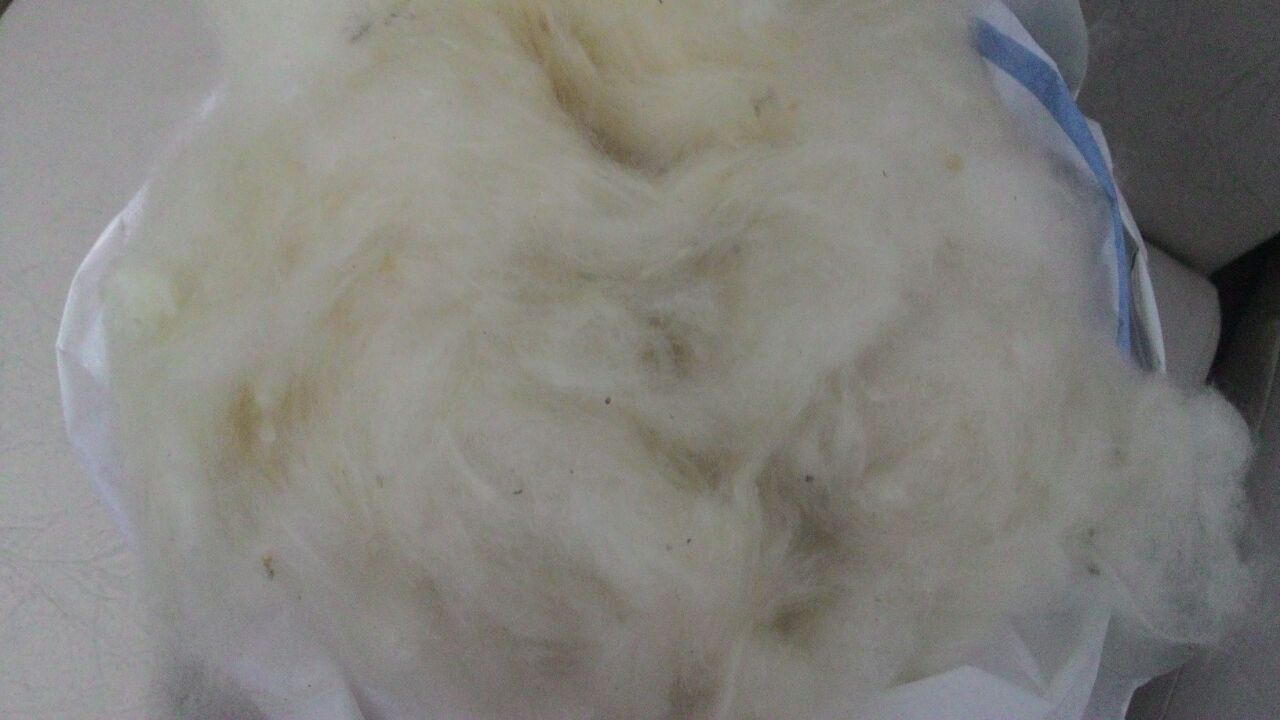
Kapok tree is a tree that lives in the native rain forest in South America to West Africa and then spread through seeds that float between the South American continent and Africa. In the tropics, this tree has been planted as in the 1940s to produce a product supply as the stuffing of car seats and also floats. Kapok is a hair fine hair that is attached to the seed that grows in the fruit after the white or pink flowers that had fallen earlier. This kapukPohon of the family Bombacaceae but moved to the family Malvaceae. This is because the cottonwoods, red silk cotton tree, which also produces cotton, still have relatives with hibiscus tree and durian. Kapok tree found in tropical rain forests and towering above all other trees at an altitude of 60-70 meters (200-230 feet).
Kapok is a deciduous tree leaves during the dry season (May to October) in the tropics.
See the kapok tree itself is a beautiful sight, with and without interest. High above the canopy of the rain forest, the majestic cottonwood tree stands tall and during the flowering season, group of pink flowers, white or yellow at night to experience the expansion which is so beautiful.
In the forest, alone kapok tree is a tree that is easily identified because of its trunk large (up to 3 meters in diameter) and have spikes. The flowers often bloom before the leaves emerge. Less savory smell during flowering, the flowers of this tree has a pungent odor. This smell was able to attract fruit bats are believed to help pollination and also spread seeds. Seed kapok brown and round like peas. In the nooks and crannies of the kapok tree trunks, has a very inviting appeal. In addition, there are many benefits kapok we rarely know and hear, what are the benefits of the kapok? The following is an explanation:
Excess Kapok in Human Life
1. Kapok Fiber Helps Treat Asthma
Many people use kapok tree bark as a natural remedy for asthma in traditional medicine.
2. Relieves Diarrhea and Heals Wounds Faster
Kapok bark, flowers, and leaves help relieve diarrhea, swelling, and injuries.
Flower extracts ease constipation, while leaf infusions soothe coughs and inflammation.
3. Provides Antioxidant and Anti-Diabetic Benefits
Research shows that kapok tree bark and leaves contain powerful antioxidants.
Its root extract also helps regulate blood sugar levels.
4. Kapok Wood Supports Various Industries
Carvers, coffin makers, and canoe builders often choose kapok wood because of its lightweight and porous nature.
5. Organic Kapok Pillows Offer Luxurious Comfort
Many people prefer kapok-filled pillows for their soft texture and eco-friendly nature.
6. Grows Naturally Without Chemicals
Unlike synthetic fibers, kapok trees thrive without fertilizers or pesticides.
This makes them a safe and sustainable choice.
7. Naturally Repels Allergens and Microbes
Kapok fiber resists dust mites, mold, and bacteria, making it a great option for allergy sufferers.
8. Enhances Sleep Quality
Kapok pillows mold to the shape of the head and neck, providing better comfort and sleep support.
9. Reduces Pain and Stress
Sleeping on kapok pillows may help relieve headaches, neck pain, muscle tension, and stress.
10. Offers Long-Lasting Durability
Kapok fiber lasts for years without losing its softness.
To keep it fresh, simply sun-dry the pillow monthly and wash it when needed.
11. Kapok environmentally friendly
More and more companies are producing environmentally friendly products made of organic cotton bantak menaggulangi this environmental problem. Kapok is one of several forest products Continuous 100% organic and has no adverse effects on the environment to grow, when to produce, and their products.
12. The kapok fiber is a very commercial
Kapok fiber is highly appreciated for the low density and insulating properties that make it suitable to make a number of commercial applications, including filling pillows, mattresses and clothes, as well as thermal insulation. Kapok is light wood and the wood that resists useful for plywood, packaging, and the like. In Java, this tree was planted as a barrier and made a fence along the roadside. In addition to fiber, cotton seed contains 20-25% oil, very similar to cottonseed oil, which can be used for cooking, for making soaps and as a lubricant. Kapok flowers are an important source of pollen for honey bees.
13. The following kapok products can be used as fodder
Leaves Kapok is a valuable livestock feed that can be eaten by sheep, goats and cows. Kapok leaf is also used in ethno veterinary medicine in Tamil Nadu, where the ground with rice then fermented and given to cattle orally to deal with reproductive problems.
14. Seeds kapok useful
Kapok seed seed oil can be extracted and used for feeding ruminants and pigs. Kapok oil itself can also be used to feed ruminants. Kapok benefit from the above explanation, there is the environmental impact cottonwood tree. Although cotton can be used as an ornamental tree, such use is not recommended because the threads can
irritating to the eyes and nose. So it is not impossible will of cause of disease, especially in the eyes.
Please contact memindosukses@gmail.com or Whatsapp +62 856 555 01495 for a free sample to any address. You can get a FREE kapok fiber sample internationally, if you pay for shipping.

